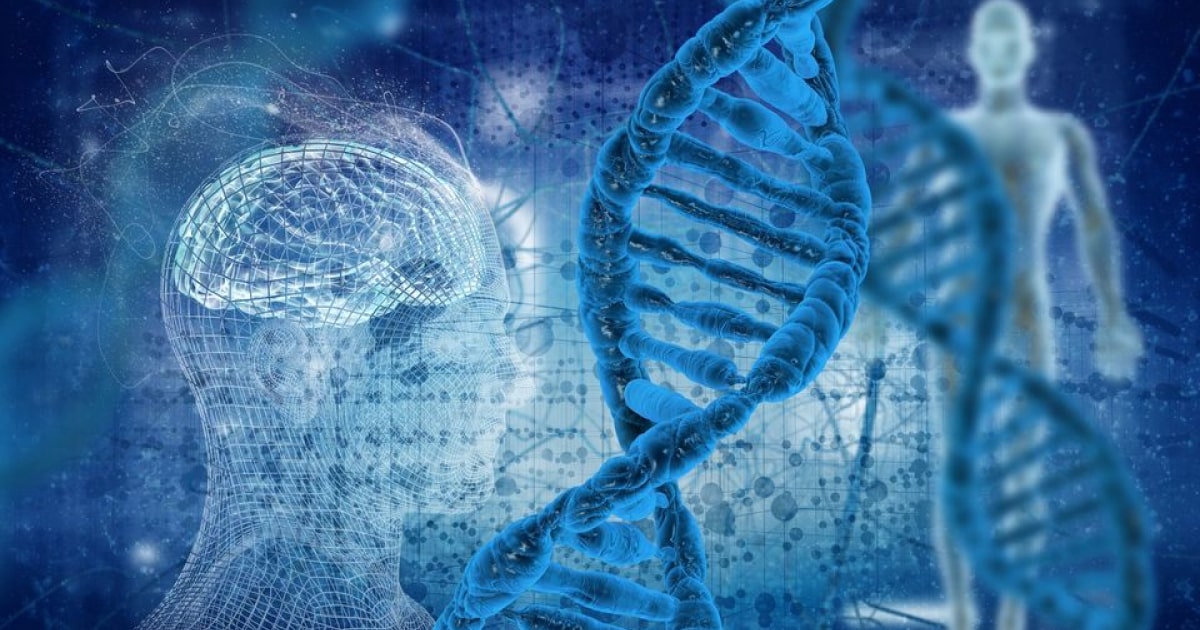
Expert Reviewed By: Dr. Brandon Colby MD
Genetic blood group systems have been extensively studied to understand their role in various clinical scenarios and to ensure the safe transfusion of blood products. The Diego blood group system is one such system that has been identified and holds clinical significance. This article aims to provide an overview of the Diego blood group system, its diagnosis, and the role of genetic testing in better understanding this blood group.
Understanding the Diego Blood Group System
The Diego blood group system is a classification of human blood based on the presence or absence of certain antigens on the surface of red blood cells. These antigens are inherited and are determined by specific genes. The Diego system is relatively rare compared to other blood group systems such as ABO or Rh, but it is still clinically significant, particularly in certain populations such as those with Native American or East Asian ancestry.
Genetic Mechanisms and Clinical Significance
The genetic mechanisms underlying the Diego blood group system involve the SLC4A1 gene, which encodes a protein called anion exchanger 1 (AE1). This protein is essential for the proper functioning of red blood cells and helps maintain their shape and ability to transport oxygen. Mutations in the SLC4A1 gene can lead to the presence or absence of Diego antigens on red blood cells, resulting in various Diego blood types.
Clinically, the Diego blood group system is significant because of its role in transfusion medicine. Incompatible blood transfusions can lead to serious complications, including hemolytic transfusion reactions, where the recipient's immune system attacks the donor's red blood cells. Therefore, it is crucial to ensure that blood transfusions are compatible with the recipient's Diego blood type, especially in populations where Diego antigens are more common.
Diagnosing the Diego Blood Group System
Diagnosing the Diego blood group system involves determining the presence or absence of Diego antigens on an individual's red blood cells. This can be achieved through serological testing, which examines the reaction between the individual's blood and specific antibodies, or through molecular typing, which analyzes the individual's DNA to identify the presence of the SLC4A1 gene and any associated mutations.
Molecular Typing Platforms for Diego Genotyping
Molecular typing platforms have become increasingly important in Diego genotyping due to their ability to provide more accurate and comprehensive results compared to serological testing. These platforms utilize techniques such as polymerase chain reaction (PCR), DNA sequencing, and microarray analysis to examine the SLC4A1 gene and identify any mutations that may be responsible for the individual's Diego blood type. Glycophorins and the MNS blood group system: a narrative review provides an in-depth overview of these molecular typing platforms and their use in Diego genotyping.
Using Genetic Testing for the Diego Blood Group System
Genetic testing for the Diego blood group system can provide valuable information for various clinical scenarios and contribute to a better understanding of the genetic mechanisms underlying this blood group.
Transfusion Medicine and Diego Compatibility
As mentioned earlier, ensuring Diego compatibility in blood transfusions is crucial to prevent serious complications. Genetic testing can help identify individuals with rare Diego blood types and facilitate the provision of compatible blood products for transfusion.
Population Genetics and Ancestry
Genetic testing for the Diego blood group system can also provide insights into population genetics and ancestry. The distribution of Diego blood types varies across different populations, with certain Diego antigens being more common in Native American and East Asian populations. Studying the Diego blood group system can help researchers better understand the genetic diversity and history of these populations.
Understanding Disease Susceptibility and Associations
Finally, genetic testing for the Diego blood group system can contribute to our understanding of the potential associations between blood groups and disease susceptibility. For example, Examination of the Relationship between the ABO Blood Group and Susceptibility to SARS-CoV-2 Infection Risk explores the potential link between ABO blood groups and COVID-19 susceptibility. Similar research on the Diego blood group system can help identify any potential associations with diseases and inform future preventive measures and treatments.
In conclusion, the Diego blood group system is an important aspect of transfusion medicine and population genetics. By utilizing genetic testing, researchers and clinicians can better understand the Diego blood group system, ensure compatible blood transfusions, and explore potential associations with disease susceptibility.
About The Expert Reviewer
Dr. Brandon Colby MD is a US physician specializing in the personalized prevention of disease through the use of genomic technologies. He’s an expert in genetic testing, genetic analysis, and precision medicine. Dr. Colby is also the Founder of and the author of Outsmart Your Genes.
Dr. Colby holds an MD from the Mount Sinai School of Medicine, an MBA from Stanford University’s Graduate School of Business, and a degree in Genetics with Honors from the University of Michigan. He is an Affiliate Specialist of the American College of Medical Genetics and Genomics (ACMG), an Associate of the American College of Preventive Medicine (ACPM), and a member of the National Society of Genetic Counselors (NSGC)